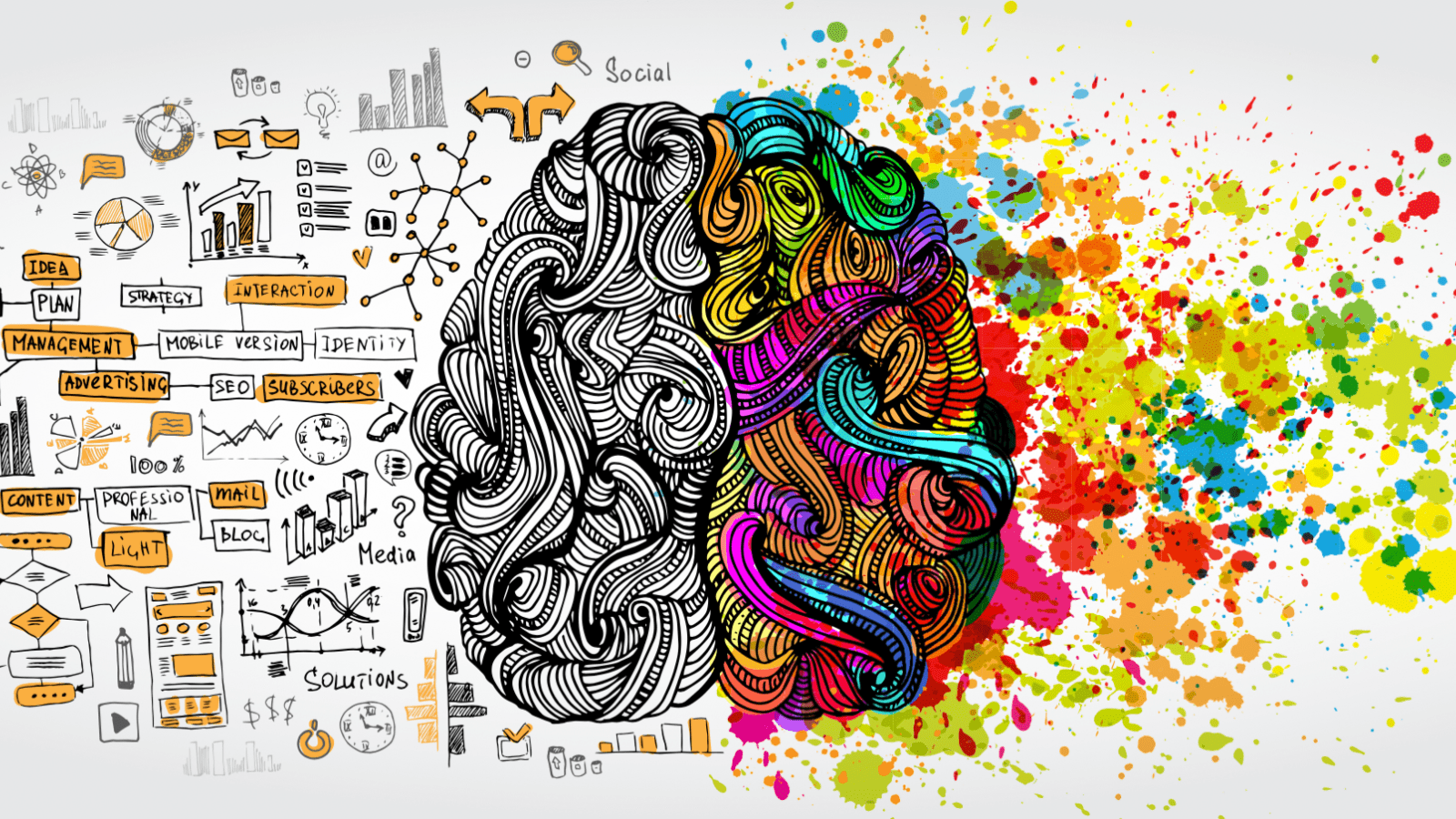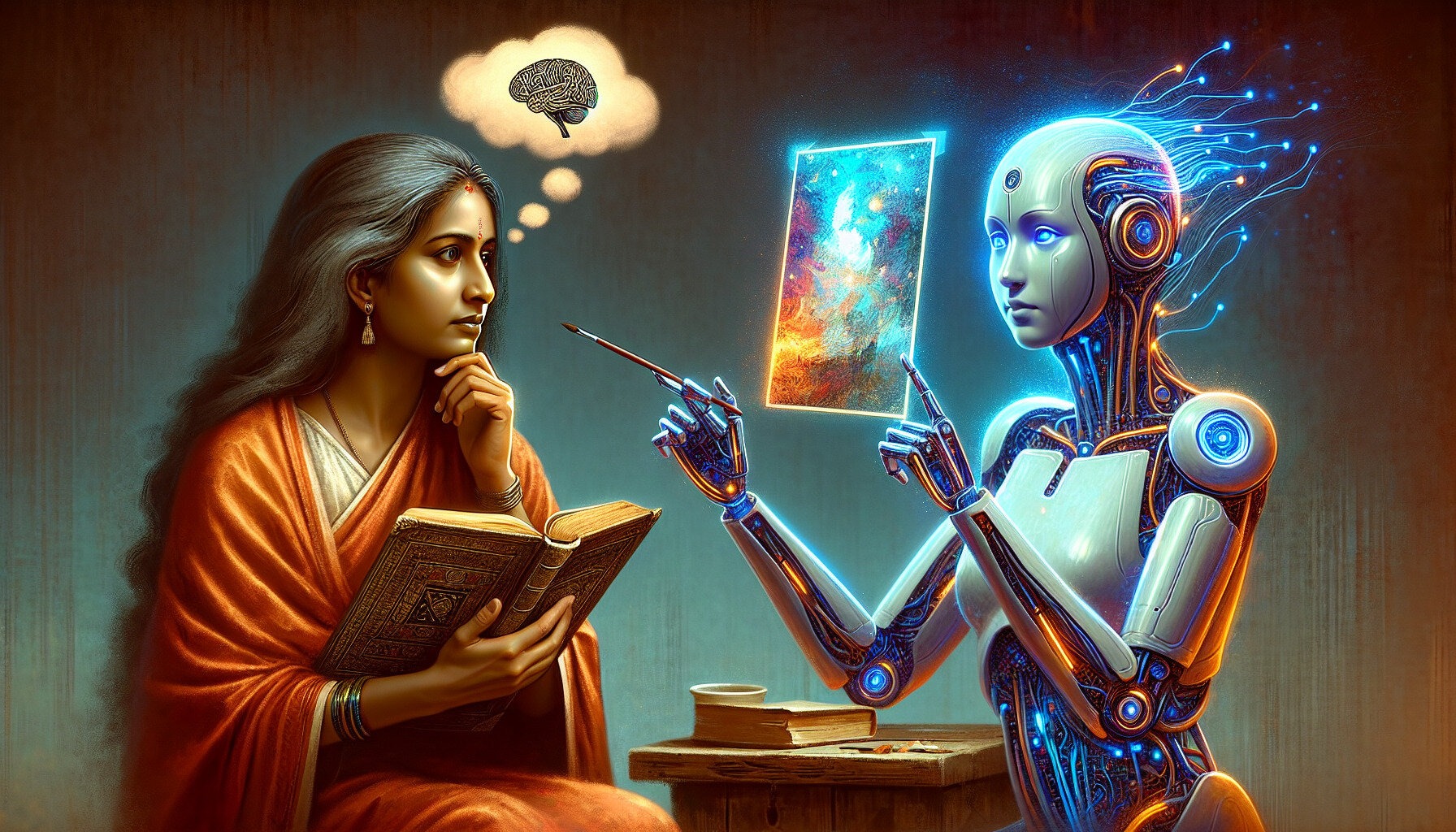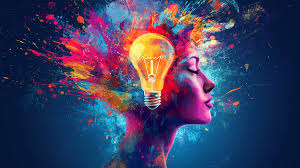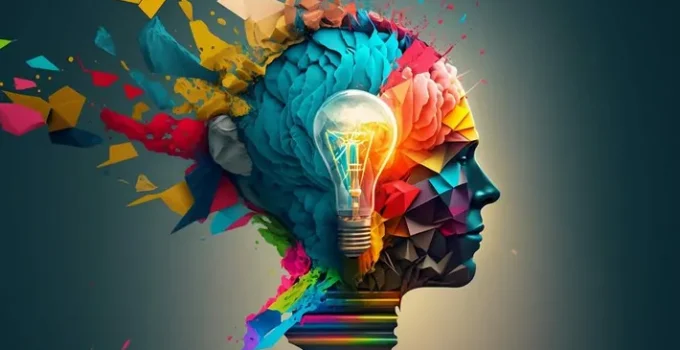Page Contents
ToggleHuman Creativity is one of the most profound and defining traits of humanity. It shapes cultures, drives innovation, and provides solutions to some of the world’s most complex problems. Human creativity is not just limited to the arts but is evident in science, technology, social interactions, and even daily decision-making. This article delves into the intricacies of human creativity, its origins, importance, and how it manifests in various domains of life.
The Origins of Human Creativity

Human creativity has evolutionary roots, emerging as a survival mechanism in early humans. The ability to think outside the box enabled early humans to craft tools, build shelters, and develop strategies for hunting and gathering. Over time, creativity became intertwined with language, allowing humans to share ideas, stories, and knowledge across generations.
The brain’s prefrontal cortex plays a significant role in creative thinking. This area is responsible for imagination, problem-solving, and planning. Neuroscience has revealed that creativity involves complex neural networks, including the default mode network, which activates during daydreaming or brainstorming. This biological foundation underscores the universality of creativity across cultures and individuals.
The Role of Culture in Shaping Creativity
Culture heavily influences how creativity is expressed. Different societies value different forms of creativity. For example, some cultures emphasize artistic expression, while others prioritize technological innovation or communal problem-solving. Cultural norms, traditions, and values provide a framework within which creativity flourishes.
Education systems and societal expectations also play a role in fostering or hindering creativity. Encouraging exploration, experimentation, and questioning traditional norms can enhance creative thinking. Conversely, rigid structures that prioritize conformity often stifle it. The interplay between cultural dynamics and individual creativity creates a rich tapestry of human expression worldwide.
Creativity in Art and Literature
Art and literature are perhaps the most celebrated manifestations of human creativity. Through painting, sculpture, music, and writing, individuals have conveyed emotions, explored existential questions, and challenged societal norms. Artistic movements such as the Renaissance, Romanticism, and Modernism showcase the evolution of creative expression across history.
Literature, in particular, serves as a powerful medium for creativity. Writers construct worlds, craft characters, and weave narratives that resonate with readers on a profound level. This process requires not only imagination but also a deep understanding of human nature and societal dynamics.
The rise of digital art and multimedia platforms has expanded the horizons of artistic creativity. Today, creators use tools like virtual reality and artificial intelligence to push the boundaries of traditional art forms, demonstrating how creativity evolves alongside technological advancements.
Innovation as a Product of Creativity

Creativity is the driving force behind innovation. From groundbreaking scientific discoveries to the development of new technologies, creative thinking enables humanity to solve problems and improve lives. The invention of the wheel, the discovery of electricity, and the advent of the internet are all milestones born from human ingenuity.
In business, creativity is a cornerstone of success. Companies that prioritize innovative thinking often lead their industries, adapting to changes and addressing consumer needs effectively. Creative problem-solving fosters resilience, enabling businesses to navigate challenges and seize opportunities in competitive markets.
Innovation also plays a critical role in addressing global issues such as climate change, healthcare, and poverty. Creative solutions, such as renewable energy technologies and affordable healthcare models, demonstrate the transformative power of human creativity in tackling pressing problems.
Creativity in Everyday Life
Creativity is not limited to grand achievements; it permeates everyday life. Whether it is cooking a meal, decorating a home, or finding a quicker route to work, individuals constantly engage in creative processes. This type of creativity, often referred to as “little-c creativity,” highlights how ordinary activities can be enriched through imaginative thinking.
Problem-solving is another area where creativity shines. Finding ways to manage time, resolve conflicts, or overcome obstacles requires thinking creatively. Encouraging a mindset that embraces challenges as opportunities can lead to personal growth and improved quality of life.
The Role of Technology in Enhancing Creativity
Technology has revolutionized how humans express and harness creativity. Tools such as graphic design software, music production platforms, and collaborative apps have made creative endeavors more accessible. Social media platforms provide a space for creators to share their work, reach global audiences, and inspire others.
Artificial intelligence (AI) is increasingly playing a role in creative fields. AI algorithms can generate art, compose music, and even write stories. While some argue that this diminishes the value of human creativity, others view it as a tool that complements human ingenuity. For instance, AI can handle repetitive tasks, allowing creators to focus on more complex and imaginative aspects of their work.
Nurturing Creativity in Children
Children are naturally curious and imaginative, making childhood a critical period for fostering creativity. Parents, educators, and caregivers can encourage creativity by providing an environment that promotes exploration and experimentation. Activities such as drawing, storytelling, and problem-solving games help children develop their creative potential.
It is also essential to create a safe space for failure. Creativity often pulitoto involves trial and error, and children should feel empowered to take risks without fear of judgment. Positive reinforcement and constructive feedback further enhance their confidence in expressing ideas.
Overcoming Barriers to Creativity

Despite its universal potential, creativity is not always easy to access. Barriers such as self-doubt, fear of failure, and societal pressures can hinder creative expression. Stress and burnout also negatively impact the ability to think imaginatively.
To overcome these barriers, individuals can practice techniques such as mindfulness and meditation to clear mental clutter and boost focus. Taking breaks, engaging in new experiences, and collaborating with others can also reignite creative sparks. Cultivating a growth mindset—believing that abilities can improve through effort—encourages resilience and perseverance in creative pursuits.
The Future of Human Creativity
As society evolves, so does the nature of Human Creativity. Emerging technologies, shifting cultural dynamics, and global challenges will shape how creativity is expressed and valued in the future. Interdisciplinary collaboration, where individuals from different fields work together, is likely to become a significant driver of innovation.
Sustainability will also play a central role in future creative endeavors. Finding environmentally friendly solutions and promoting social equity through creative projects will become increasingly important. This trend reflects a growing recognition of the responsibility that comes with creative power.
Conclusion Human Creativity
Human creativity is a remarkable and dynamic force that shapes the world in countless ways. From the arts to everyday problem-solving, creativity enriches lives and drives progress. By understanding its origins, nurturing it across generations, and leveraging technology to enhance it, humanity can continue to innovate and thrive. As challenges and opportunities arise, the boundless nature of human creativity will remain a cornerstone of growth and transformation.




